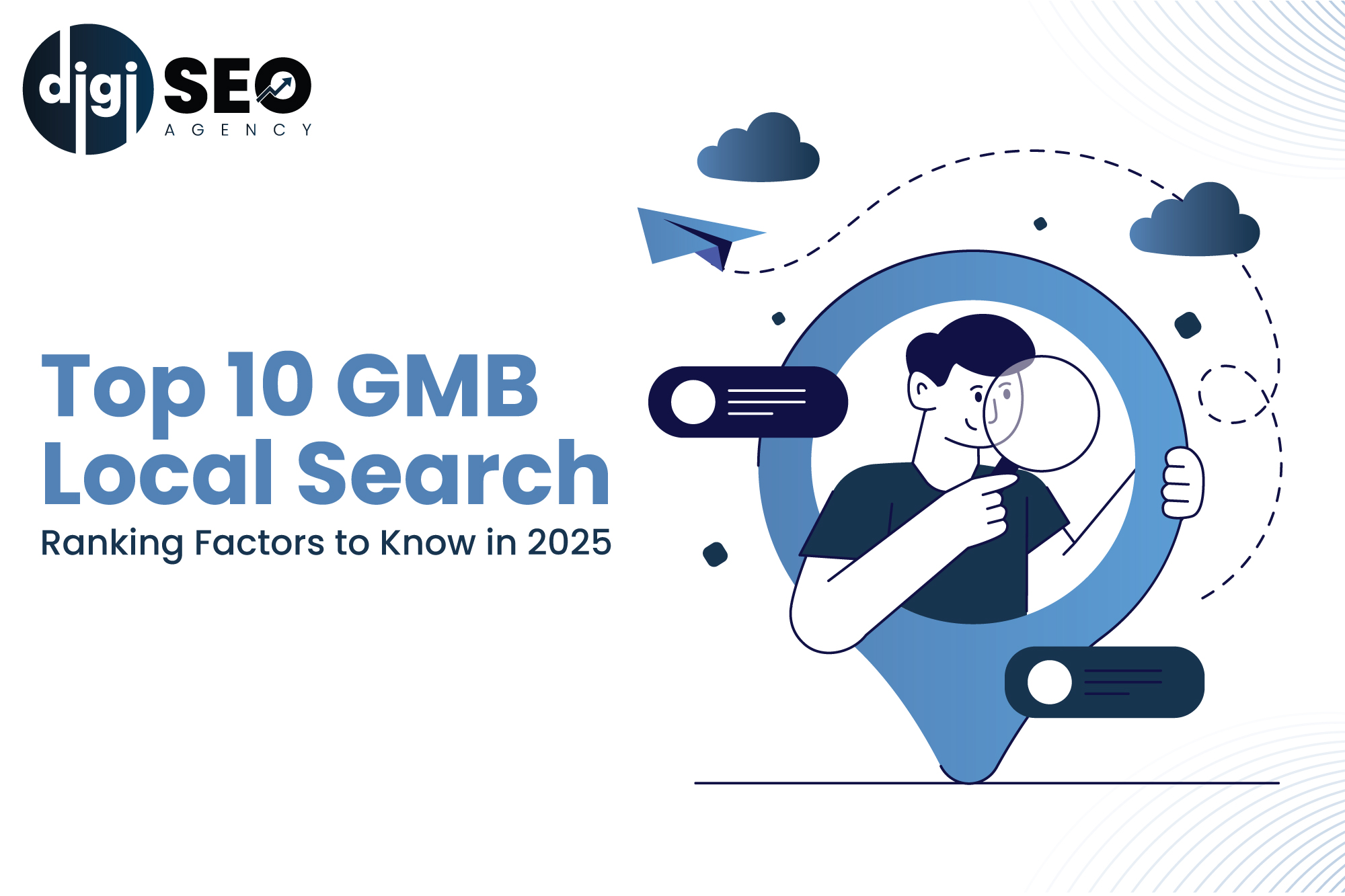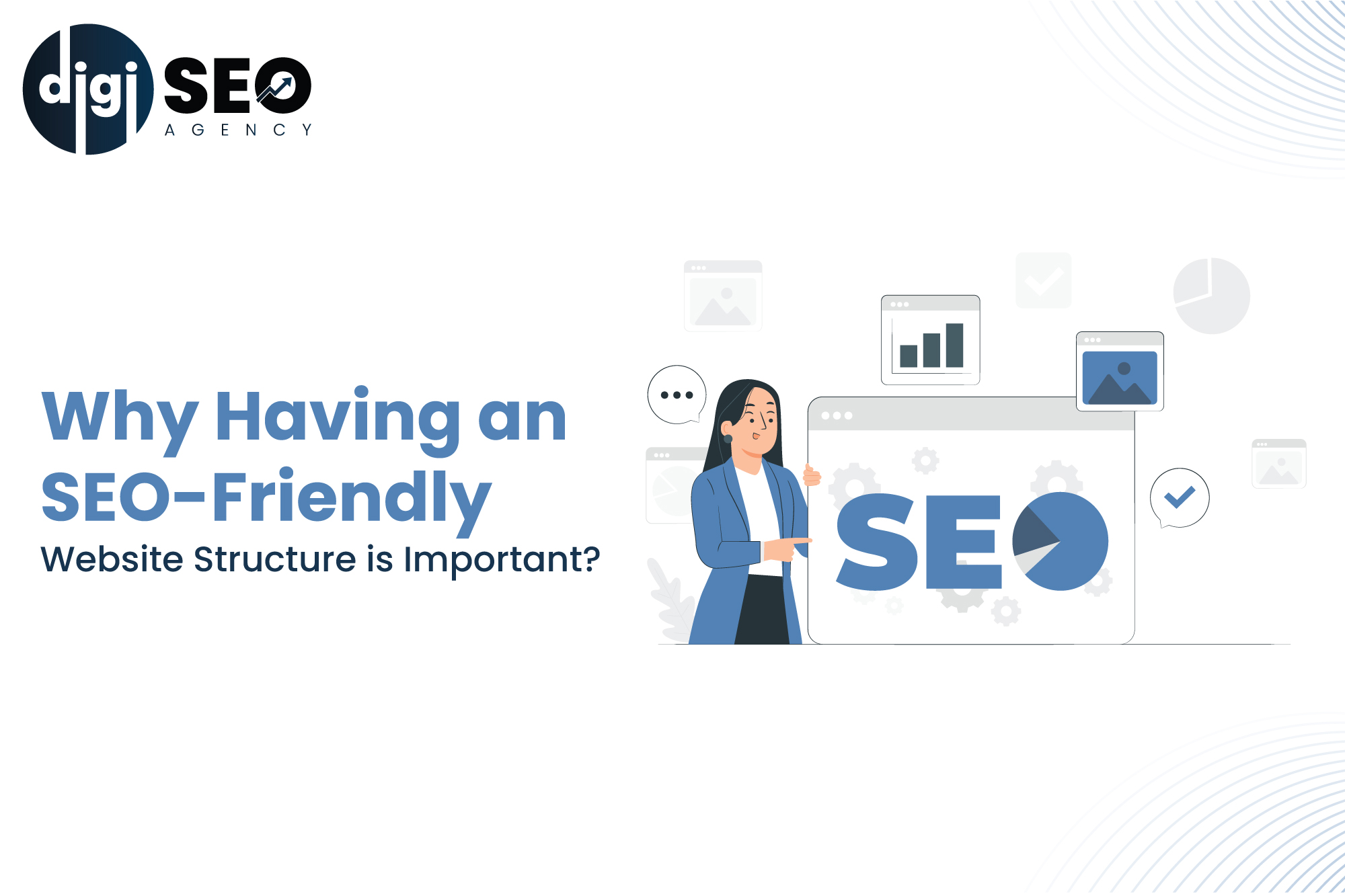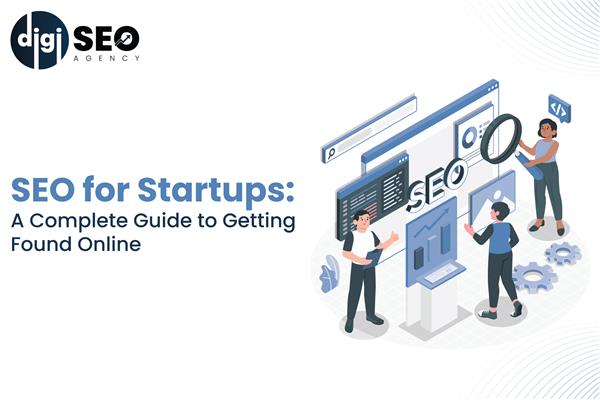In the world of SEO, ranking for competitive keywords can feel like a never ending battle. As businesses increasingly rely on organic search traffic to drive growth, the importance of securing high positions for competitive keywords becomes ever more apparent. However, achieving and maintaining top rankings is no easy task, especially when competing with other well established brands.
In this blog, we’ll dive into the top challenges of ranking for competitive keywords and provide actionable insights on how to overcome these obstacles.
1. High Competition for Competitive Keywords
One of the biggest challenges in ranking for competitive keywords is the sheer volume of competition. Keywords like “best laptops,” “digital marketing services,” or “insurance quotes” are high value terms with massive search volumes, making them a prime target for many businesses. In these competitive spaces, it’s often the brands with the largest budgets and most comprehensive SEO strategies that dominate the top search results.
This means that smaller businesses or newcomers to the digital space may find it especially difficult to secure top positions for these highly competitive terms.
Solution:
A strategy to overcome this is focusing on long tail keywords or niche keywords. While these keywords may generate fewer searches, they often have less competition, allowing businesses to target specific audiences more effectively. Additionally, companies should prioritize building domain authority and leveraging local SEO to increase relevance in their specific market. For businesses looking for a professional SEO strategy, working with an SEO company in Ahmedabad can help tailor your SEO efforts to stand out in your local market while targeting broader competitive keywords.
2. Frequent Algorithm Changes
Search engine algorithms are constantly evolving to improve search results. Updates from Google, like the Core Updates, can significantly impact website rankings, especially for competitive keywords. These updates often change how search engines assess and rank websites, sometimes resulting in a drop for sites that were previously ranking well.
For example, an update may place more emphasis on user experience, content quality, or backlinks, requiring businesses to pivot their strategies quickly to retain their rankings.
Solution:
It’s essential to keep up with SEO news and algorithm changes. Marketers should regularly audit their websites, focus on user centric content that aligns with search intent, and ensure their site’s technical performance is optimal. Websites that prioritize content quality, user engagement, and trustworthiness are more likely to maintain rankings, even through significant algorithm shifts.
3. Content Saturation
Competitive keywords often lead to content saturation. With so many businesses targeting the same terms, it’s easy for your content to get lost among the thousands of similar articles, blog posts, and landing pages. Google’s algorithm now values content uniqueness more than ever, making it essential to differentiate your content from competitors.
Moreover, a simple 500 word blog post may not cut it when others have already published in depth, comprehensive resources.
Solution:
To stand out, marketers must focus on creating long form, high quality content that addresses the topic in greater depth than competitors. Offering fresh perspectives, research, and actionable insights can help set your content apart. Additionally, content that incorporates multimedia elements such as videos, podcasts, and interactive tools can provide a more engaging user experience.
Read Also: The Importance of Internal Linking for SEO
4. The Importance of E-A-T (Expertise, Authoritativeness, and Trustworthiness)
With Google’s growing focus on E-A-T (Expertise, Authoritativeness, and Trustworthiness), ranking for competitive keywords is increasingly reliant on a website’s perceived authority. Websites that don’t demonstrate these qualities will struggle to rank for highly competitive terms. Brands must ensure they have high quality, accurate, and reliable content, especially in industries such as healthcare, finance, and legal services.
Solution:
To improve your E-A-T, build a strong reputation by producing expert level content. Highlight credentials, link to authoritative sources, and showcase customer testimonials or case studies. Furthermore, invest in building relationships with influencers and authoritative figures in your industry to improve your site’s credibility.
5. Backlink Acquisition
Backlinks are one of the most powerful ranking factors. However, acquiring high quality backlinks can be extremely challenging, especially when trying to rank for competitive keywords. Major players in your industry might have a strong backlink profile, making it difficult for newer or smaller websites to compete.
Additionally, search engines now focus more on the quality of backlinks rather than quantity, meaning that a few high quality backlinks are more valuable than many low quality links.
Solution:
Focus on white hat link building strategies that foster long term relationships. Consider tactics like guest blogging, broken link building, and creating shareable content that naturally attracts links. Collaborating with influencers, offering expert commentary, and conducting original research that others can link to are also effective ways to gain high quality backlinks.
6. Technical SEO and Website Performance
A common challenge when competing for high volume keywords is ensuring that your site’s technical SEO is up to par. Issues such as slow page load speeds, broken links, poor mobile optimization, and confusing site structure can drastically hurt your rankings.
In an environment where competition is fierce, even a minor technical flaw can hinder your chances of ranking well.
Solution:
Focus on improving your website’s technical aspects through regular audits. Tools like Google Page Speed Insights and Ahrefs can help identify areas of improvement, such as speeding up page load times, optimizing images, and fixing broken links. Also, ensure that your site is fully responsive and mobile friendly, as mobile first indexing is a priority for search engines like Google.
7. User Experience and Engagement Metrics
Search engines now factor in user experience (UX) and engagement metrics when determining rankings. Metrics like bounce rate, average session duration, and click through rates (CTR) are considered indicators of a site’s relevance and quality. If users quickly leave your site or don’t interact with your content, it signals to search engines that your content isn’t fulfilling user intent.
Solution:
Enhance user engagement by improving your website’s layout and design. Make sure your content is easy to read, with proper headings, visuals, and clear calls to action. Providing interactive elements, such as quizzes or calculators, can also boost user engagement. Finally, ensure that your site is easy to navigate with intuitive navigation menus and fast loading pages.
Read Also: 7 Keyword Types You Can’t Ignore for SEO in 2025
8. Local SEO Challenges for National/Global Keywords
When trying to rank for competitive keywords that have both local and global intent, businesses face the challenge of balancing local SEO with national or international strategies. Google often favors local results for searches that show regional intent, and businesses that primarily operate in one area may find it difficult to rank for competitive national or global keywords.
Solution:
For businesses targeting a broader audience, implement local SEO tactics to build credibility in your specific location, but ensure that your site architecture and content cater to broader, more global keywords. Additionally, consider implementing geo targeting in Google Ads and local content strategies to enhance your website’s chances of being discovered by users globally.
9. Voice Search and AI Powered Search
The rise of voice search and AI powered search engines introduces new complexities to ranking for competitive keywords. As voice searches often come in the form of natural language queries, they tend to be longer and more conversational. For businesses targeting competitive keywords, this shift requires rethinking keyword strategies to accommodate these new types of search behaviors.
Solution:
Optimize for conversational keywords and focus on providing concise, direct answers to common questions. Create FAQ sections, leverage schema markup for rich snippets, and focus on user intent to cater to voice search users.
Conclusion
Ranking for competitive keywords is an ongoing challenge that requires a holistic approach combining quality content, technical SEO, and link building. Whether you are facing tough competition, fluctuating algorithms, or the complexities of voice search, overcoming these obstacles requires persistence and a proactive SEO strategy.
By focusing on high quality, unique content, optimizing for user intent, building authority through E-A-T, and improving technical SEO and UX, your website can stand out in the crowded landscape of competitive keywords. Working with an experienced SEO company in Ahmedabad can also help guide your SEO efforts with tailored strategies that align with your business objectives. With the right strategy, businesses can secure top rankings and drive more qualified traffic to their websites.




